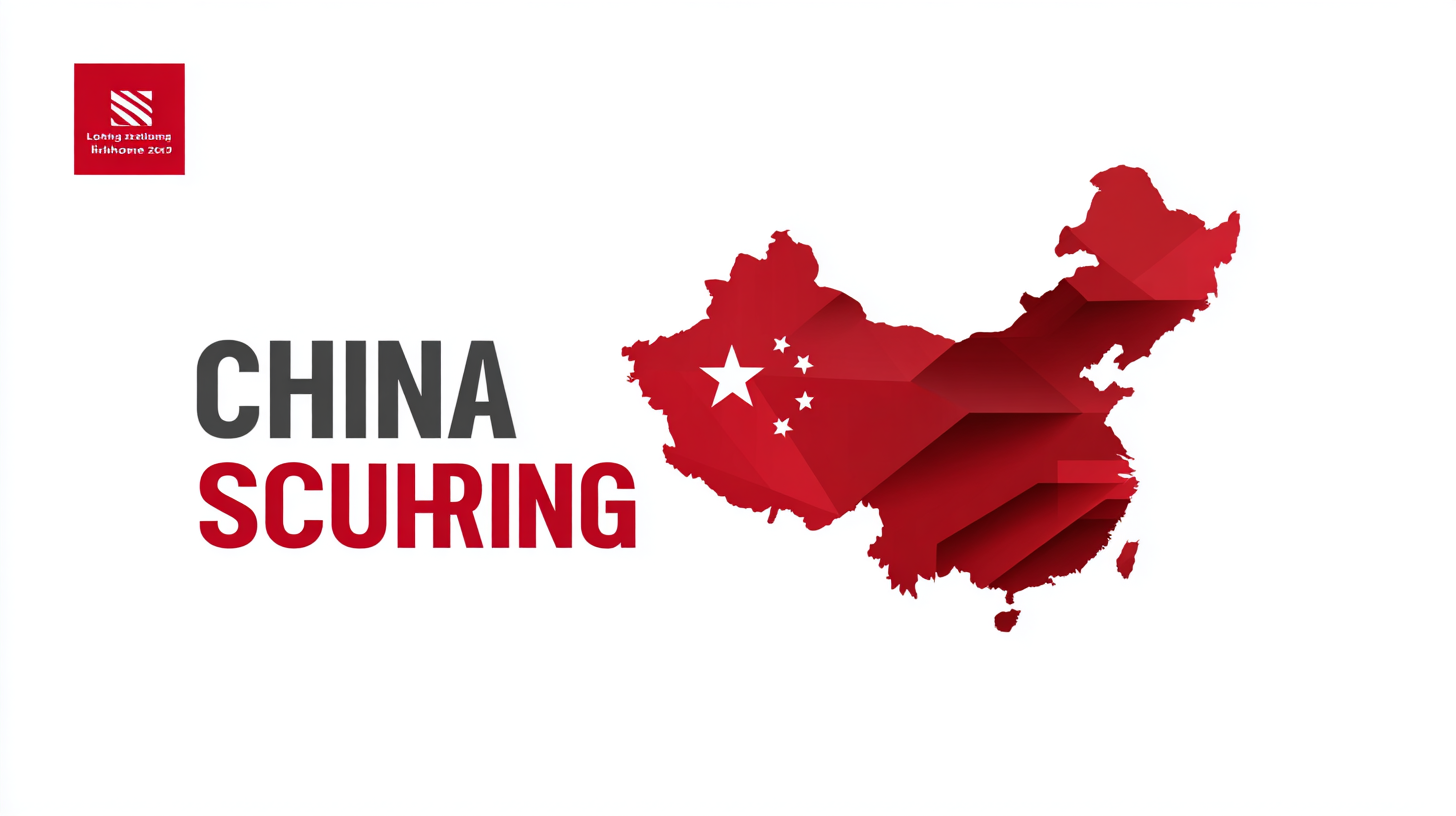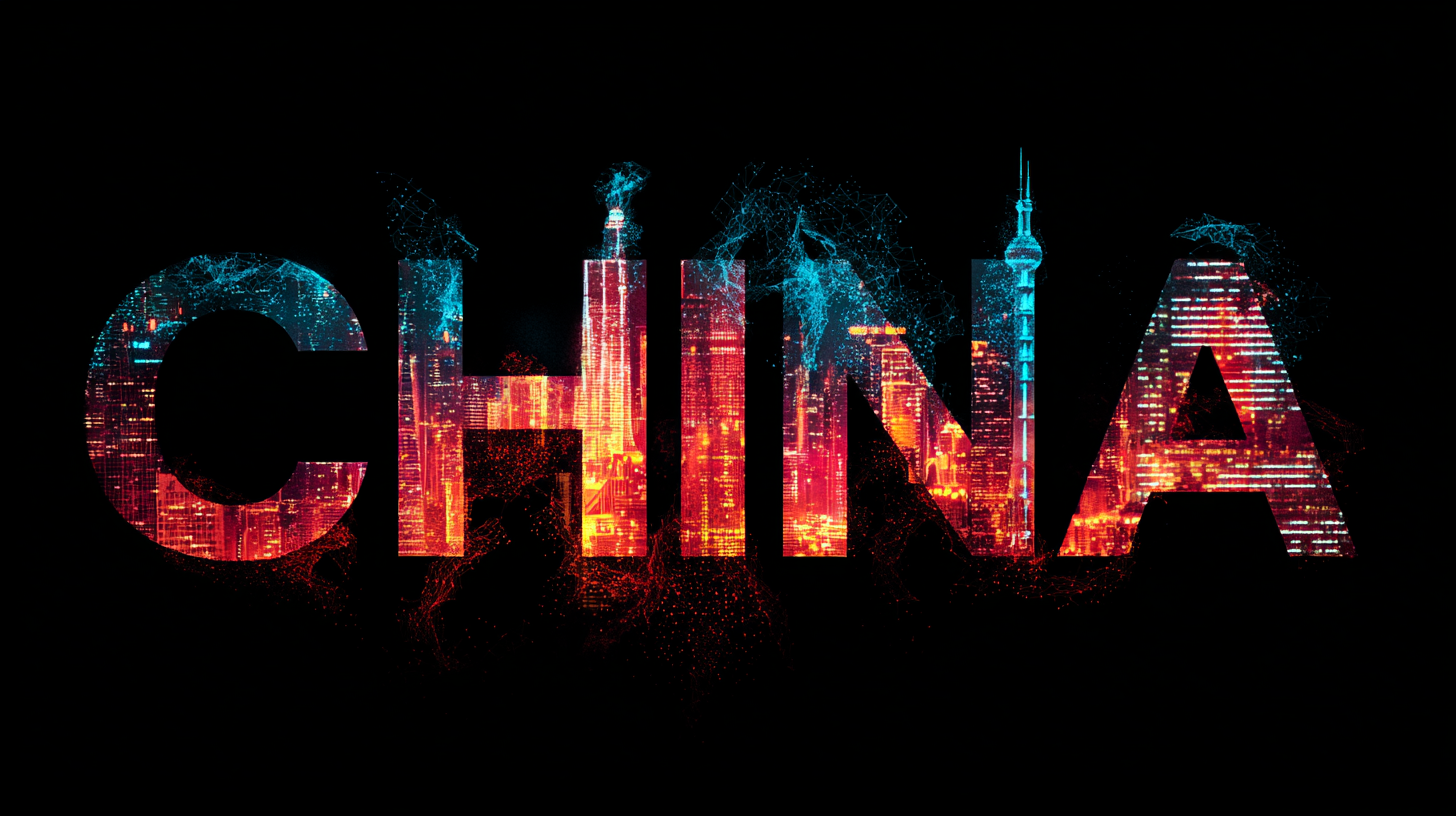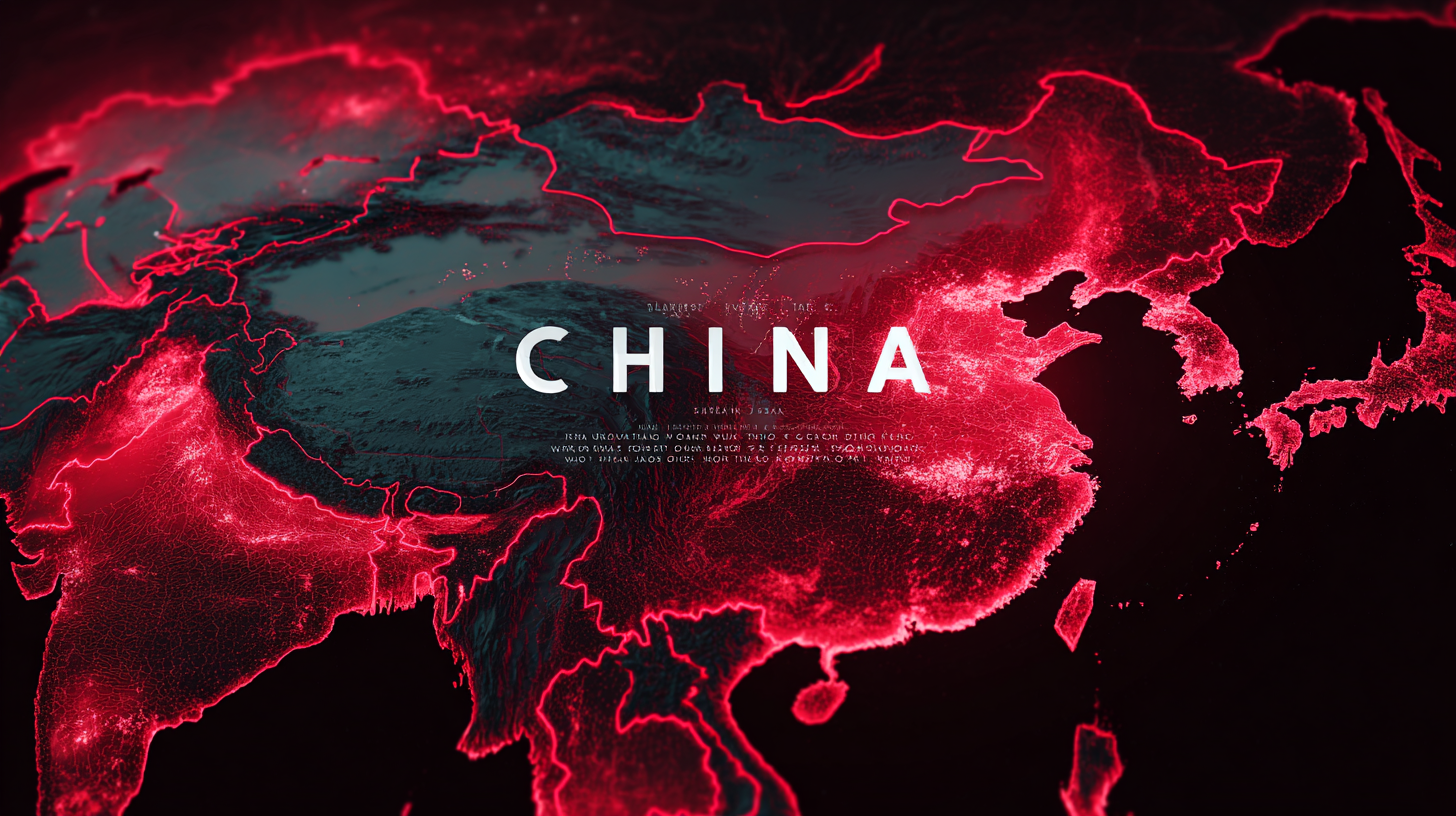
Navigating 2025: Key Technologies and Winning Strategies for Sourcing the Best from China
As we venture into 2025, understanding the evolving landscape of global sourcing becomes imperative, especially concerning China, the world's manufacturing powerhouse. According to a report by McKinsey & Company, China still accounts for nearly 28% of global manufacturing output, which highlights its dominance in the supply chain. The increasing technological advancements in sectors like artificial intelligence, advanced robotics, and sustainable practices further position China as a pivotal player for businesses looking to optimize their sourcing strategies. Moreover, a recent study by Deloitte indicates that 79% of organizations are prioritizing their supply chain resilience, with a particular focus on leveraging Chinese resources to mitigate risks and enhance competitiveness. Therefore, navigating the complexities of sourcing from China will require a sophisticated understanding of both key technologies and effective strategies to harness the best from this dynamic market.

Emerging Technologies Shaping Sourcing Strategies in 2025
As we approach 2025, emerging technologies are transforming how companies source their products from China. Businesses must stay ahead by incorporating advanced technologies such as AI, blockchain, and IoT into their sourcing strategies. These tools not only enhance transparency and efficiency but also mitigate risks associated with supply chain disruptions.
Tip: Consider leveraging AI-driven data analytics to gain insights into market trends and supplier performance. This can help you make informed decisions, allowing you to pivot quickly in response to shifting demands.

Tip: Implement smart contracts to automate processes and enhance communication with suppliers. This can lead to reduced lead times and lower overall production costs, providing a competitive edge in the fast-paced market of 2025.
Key Factors Driving China’s Competitive Advantage in Global Markets
China's competitive advantage in global markets stems from several key factors that sourcing professionals must consider when navigating the landscape in 2025. One significant factor is the country's advanced manufacturing capabilities, underpinned by a robust supply chain ecosystem. Companies that leverage China's manufacturing prowess can benefit from cost efficiencies and rapid production cycles, allowing for quick responses to market demands.
Tip: When sourcing from China, prioritize building relationships with local suppliers to gain insights into market trends and innovations. This collaborative approach can help enhance your procurement strategy and ensure you tap into the latest advancements.
Additionally, the dynamic technological landscape in China is contributing to its competitiveness. With advancements in artificial intelligence, automation, and blockchain technologies, Chinese firms are increasingly adopting smart manufacturing practices. This not only enhances productivity but also provides transparency and efficiency throughout the supply chain.
Tip: Keep abreast of emerging technologies in China by engaging with local trade shows and industry forums. These platforms offer valuable opportunities to discover cutting-edge solutions that can optimize your sourcing processes and maintain your competitive edge.
Innovative Approaches to Supplier Selection and Collaboration
In the rapidly evolving landscape of global sourcing, particularly in China, effective supplier selection and collaboration have never been more crucial. Innovative approaches are essential for navigating the complexities of the Chinese market. Companies can leverage advanced technology, such as AI and big data analytics, to assess potential suppliers more accurately. By analyzing suppliers' performance metrics, reliability, and innovation capacity, businesses can make data-driven decisions that align with their strategic goals. Additionally, utilizing digital platforms for transparency in communication fosters trust and enhances the overall partnership experience.
Collaboration is key to building long-term relationships with suppliers. Companies should adopt a holistic partnership model that encourages open dialogue and mutual growth. Implementing regular feedback loops can help both parties identify areas for improvement, ensuring that suppliers understand the evolving needs of the market. Furthermore, involving suppliers in the early stages of product development can drive innovation and expedite time-to-market. By integrating these innovative approaches into their sourcing strategies, companies can not only secure the best suppliers but also create a competitive edge in a crowded marketplace.
Harnessing Data Analytics for Smarter Sourcing Decisions
 In the ever-evolving landscape of global sourcing, leveraging data analytics is crucial for making smarter decisions and ensuring the best outcomes when sourcing from China. By integrating data analytics into your sourcing strategy, you can gain valuable insights into market trends, supplier performance, and customer preferences, ultimately leading to more informed choices and reduced risks.
In the ever-evolving landscape of global sourcing, leveraging data analytics is crucial for making smarter decisions and ensuring the best outcomes when sourcing from China. By integrating data analytics into your sourcing strategy, you can gain valuable insights into market trends, supplier performance, and customer preferences, ultimately leading to more informed choices and reduced risks.
Tip 1: Utilize predictive analytics tools to assess demand patterns and anticipate market shifts. These tools allow businesses to analyze historical data and forecast future trends, enabling proactive sourcing decisions that align with market needs.
Moreover, it is essential to evaluate supplier performance through data-driven metrics. Tracking key performance indicators (KPIs) such as delivery times, quality ratings, and compliance levels can provide a clearer picture of supplier reliability. This information can guide negotiations and improve overall supplier relationships.
Tip 2: Implement a centralized dashboard that consolidates data from various sources, including supplier metrics and market analysis. A comprehensive view of this information equips sourcing teams with insights that drive strategic decisions and agile responses to market changes. By harnessing the power of data analytics, businesses can navigate the complexities of sourcing from China with greater confidence and success.
Sustainability Trends Influencing Sourcing Practices from China
In recent years, sustainability has emerged as a critical driver in sourcing practices, particularly in China, which is the world's largest manufacturing hub. The McKinsey Global Institute reports that companies prioritizing sustainable sourcing can reduce their supply chain costs by up to 20% while enhancing their corporate reputation and customer loyalty. As global consumers become increasingly environmentally conscious, businesses sourcing from China are adopting more sustainable practices, seeking partnerships with suppliers who can demonstrate responsible sourcing and production processes.
Furthermore, the 2023 Sustainable Supply Chain Report emphasizes that 83% of companies are now integrating sustainability measures into their procurement strategies. This shift is particularly relevant for companies sourcing textiles, electronics, and automotive components from China, where transparency in production and compliance with international standards are critical. By focusing on sustainability, organizations can not only mitigate risks associated with regulatory compliance but also open up new market opportunities, as investors and consumers increasingly favor environmentally responsible brands. Embracing these trends is not merely a competitive advantage; it’s becoming a necessity in navigating the complex landscape of 2025.
Navigating 2025: Key Technologies and Winning Strategies for Sourcing from China
This chart illustrates the sustainability trends influencing sourcing practices from China, showcasing the percentage of companies prioritizing different technologies and strategies in 2025.
